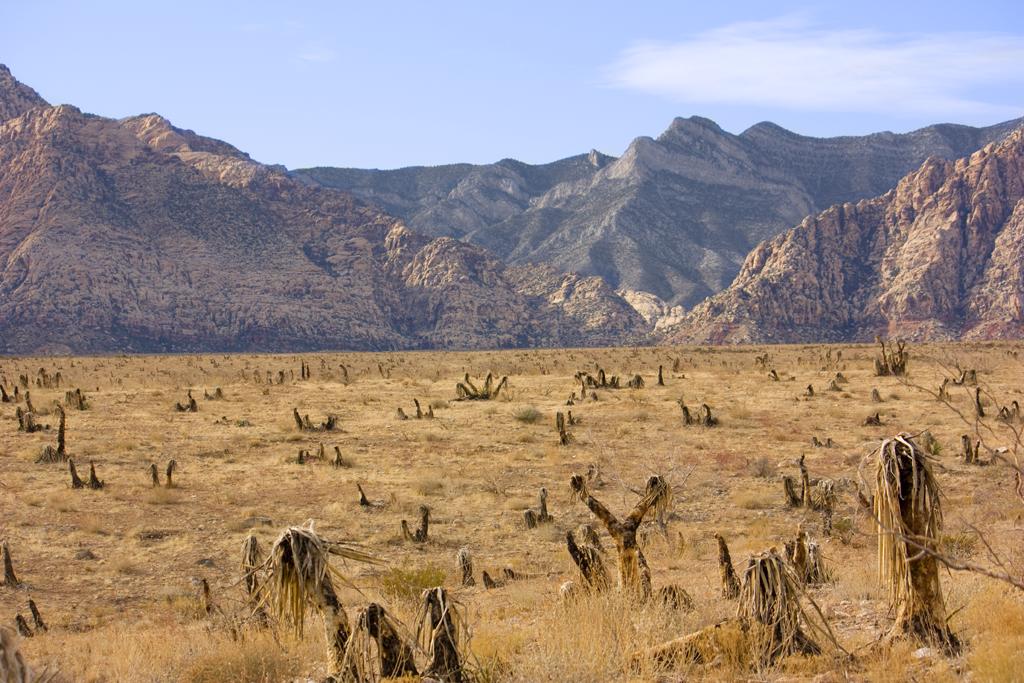
Tela ChheA good spot for solar? Depends on who you ask.
It’s out with the old and in with the photovoltaic — or the CSP.
The Obama administration is pushing forward with plans for renewable energy projects on public land. Last week, it banned new mining claims on more than 300,000 acres in the West to make sure the areas are available for solar power installations.
But as more government land is earmarked for solar, wind, and geothermal projects, some conservationists are not happy. The Center for Public Integrity reports:
The administration generally wins plaudits from environmentalists for its effort to expand energy that doesn’t belch smoke, cancer-causing chemicals or heat-trapping carbon dioxide. But there is growing concern among a number of environmentalists, particularly in the West, about the impact on fragile ecosystems, plants and animals. Some have filed lawsuits that could slow the effort to devote more public land to renewable energy. …
Among the biggest flash points have been three projects located close to national park land in the California desert. …
First Solar’s Desert Sunlight near Joshua Tree National Park, now under construction, was scaled back to one-fifth of its originally proposed size, and special lighting technology is being implemented to preserve night sky views. The developer was required to retain BLM-approved biologists to monitor bird activity, including bird deaths from collisions with solar panels, according to the project’s environmental impact statement.
But in recent weeks, an unanticipated environmental problem has surfaced at Desert Sunlight. More than a dozen migratory birds have been found dead, including water fowl that somehow landed at the desert construction site: an eared grebe, three brown pelicans and an endangered Yuma clapper rail. …
It’s thought that the reflective panels could look like fresh water to the migrating waterfowl, [said Jane Hendron, a spokeswoman for the U.S. Fish and Wildlife Service], but little hard science on the phenomenon exists.
Developers and the Bureau of Land Management say they’re doing a lot to mitigate projects’ environmental impacts, but it’s not enough to mollify critics. David Lamfrom of the National Parks Conservation Association worries that big solar projects could mar views from the Mojave National Preserve and Joshua Tree and Death Valley national parks. Janine Blaeloch of the Western Lands Project, which has sued the Interior Department over its solar development plans, says fragile desert lands shouldn’t be sacrificed for energy development.
And other environmental advocates are trying to find middle ground:
Julie Falkner, a senior policy analyst for renewable energy at Defenders of Wildlife, is measured in her assessment of the Obama [renewables] program …
“There’s an incredible value to having renewable energy go forward,” she said. “At the same time, it shouldn’t be done in a way that sacrifices the wildlife habitat that we’ve sought to protect over the last century.”
See also: Not all renewables are created equal




